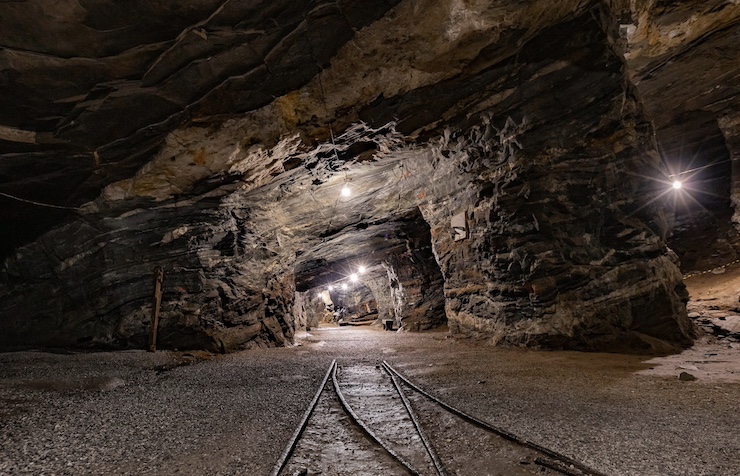
Unmanned aerial vehicles (UAVs) are well known for their role in enhancing search and rescue operations by public safety agencies and first responders. But UAVs can also play a similar role in private sector emergencies. One such emergency is when a mine collapses and workers are trapped inside. Companies concerned about the fate of their miners – and the enormous potential liability involved – are anxious to find expeditious ways of keeping their employees alive while rescue teams endeavor to find and extract them.
While drones are already being deployed by some mining companies to aid in mine exploration and mine safety inspections, the idea that drones might also play a role in mine search-and-rescue operations is actually quite new.
One of the first companies to explore this possibility is SafeSight Exploration, a North Bay, Ontario-based company that has designed a new drone specifically adapted to operate in underground mine rescue situations, where GPS signals are obstructed and where debris and smoke can deter rescuers.
SafeSight’s drone uses photographic sensors and a laser to establish its position underground and creates a three-dimensional map of its surroundings to guide its operators and to locate trapped miners.
“Our goal as a company is essentially to use technology to keep workers out of harm’s way,” Mike Campigotto, SafeSight Exploration’s president, told the CBC last week.
“[Our drone] can assess location and access areas that would probably take hours or be inaccessible in the current situation so they can then create a well-crafted recovery or rescue plan,” he noted.
Safesight’s drone is still in development and hasn’t yet been commercialized for sale. Campigotto says his company is still working on the technology but hopes to see its UAV operating in the field within a year or two.
Experts in the field of mine safety say a drone could prove highly useful in gathering information about post-collapse mine conditions unattainable by other means.
Ted Hanley, vice president of Ontario Mine Rescue, says a drone can “potentially [bring] us back that missing percentage of information that allow[s] us to make a safe decision on whether to send or not send rescuers into an area.”
Currently, mine companies utilize various probes to determine conditions in a mine following a collapse, including ground robots. But ground systems are bulky and are often obstructed from passing through small openings to reach an area where miners may be trapped. Small drones equipped with sensors to avoid crashing into mine walls or debris are ideally suited for maneuvering in these conditions.
Drones can be equipped with LIDAR, depth camera and tracking camera technology to send back real-time images to rescue teams seeking to fashion a rescue plan. They can also measure toxic gas levels and extreme temperature conditions that might pose a safety risk to rescuers
Few cases are on record of a custom-designed drone being deployed in a mine rescue setting. One of the first occurred two years ago, when a drone developed by the Philadelphia-based company, Exyn Technologies, was deployed during a mine rescue in Ghana. Since then, the idea has begun to catch on.
Two other companies, Montana Tech and Team Explorer, are currently seeking to develop a specialized mine rescue drone. Team Explorer, on contract to DARPA, recently began testing its UAV prototype, which operates in tandem with ground robots, in an underground mine in Pennsylvania.
“The idea of having intelligent systems that can go into [a collapsed mine] and collect information unmanned about what’s inside and provide that information to rescuers and give them options for proceeding with the rescue is a big advantage,” says Steven Willets, a senior engineer at Carnegie Mellon University who is overseeing the Team Explorer project.
Mine collapses are still fairly rare but in countries where illegal mining is widespread, such as Ghana, incidents are more frequent. Tougher regulations and more continuous monitoring of mine conditions with the aid of drones could prevent many of these collapses, experts say.
A report prepared by Accenture estimated that the lives of 120 miners could be saved and approximately 7,000 mining injuries prevented with the use of autonomous vehicles over the next decade.
|